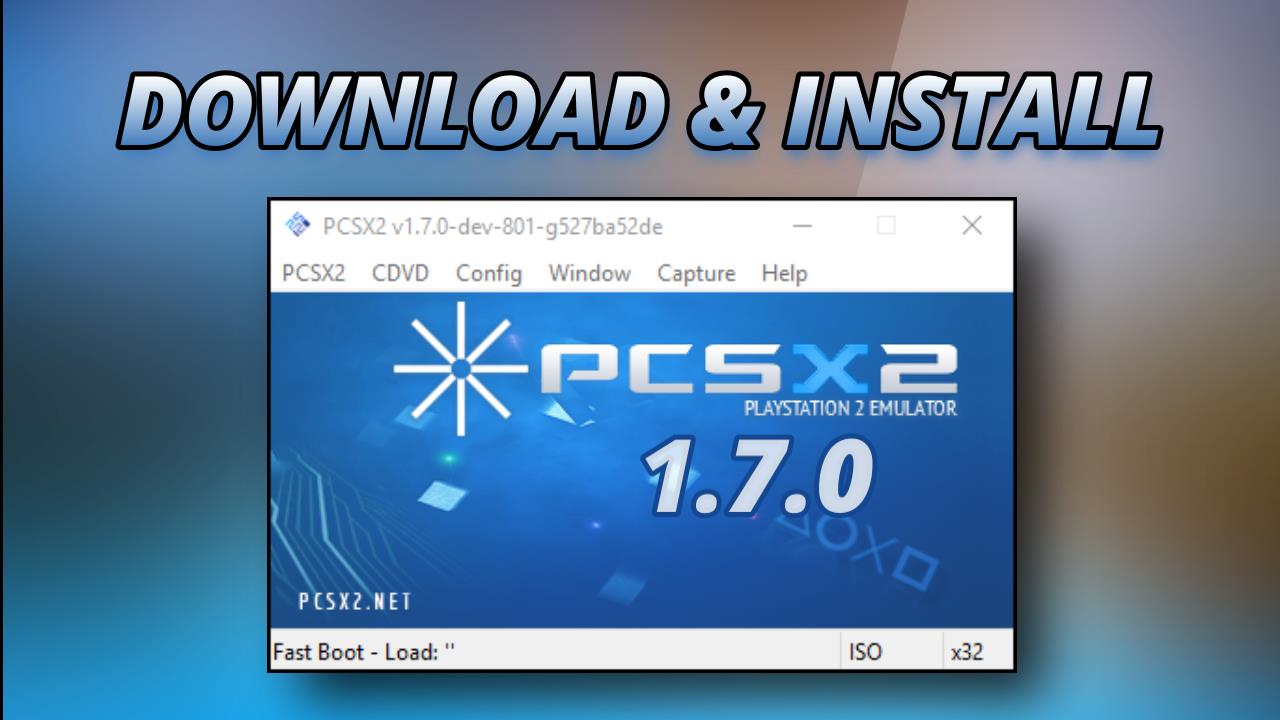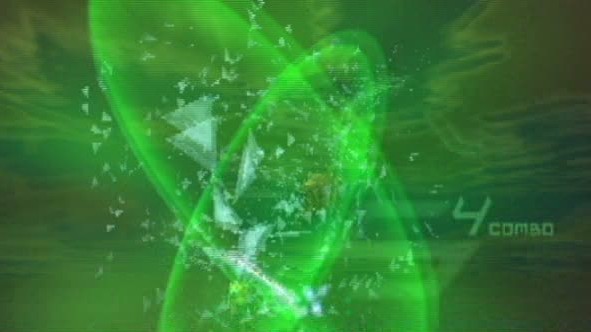

- #Chaindive pcsx2 how to#
- #Chaindive pcsx2 480p#
- #Chaindive pcsx2 code#
- #Chaindive pcsx2 trial#
- #Chaindive pcsx2 240p#
#Chaindive pcsx2 480p#
For these latter categories games the codes will display this higher res 480p backbuffer(in the case that everything is rendered to this buffer).Įdit by bositman: Supplementary list of more no interlace codes collected in one post by devina:
#Chaindive pcsx2 240p#
Both types operates with 240p frontbuffers, but while some operates with 240p backbuffers, others will downsample from a 480p backbuffer for some sort of antialiasing and performance reasons.
#Chaindive pcsx2 code#
Ridge Racer and others are using a custom routine, so code is different. This value is the hex for daddiu v0, v0, $0008 which is part of sceGsSetHalfOffset. When the game is running you search(the search range of course is the PS2 emulated RAM) for the following hexstring 08004264 or a 4 byte value 64420008.

This method will not work for every game.
#Chaindive pcsx2 how to#
Since people will ask how to make these codes and not everybody is comfortable with assembly(these code are, like most of my 60fps codes, assembly hacks) I devised a method for people lacking assembly knowledge. You cand disable de-interlacing option in pcsx2(video plugin setting interlace set it to none).Įffectively we are patching the sceGsSetHalfOffset routine(luckily Devilmaycry had debug symblos left in) which is responsible for the shifting image which is necessary on a CRT to give the illusion of higher resolution. The codes bellow will remove this shaking, giving the game a stable image. Pcsx2 implements different de-interlacing options but still the final image is not the same as a progressive scanned game. Sorry if that's a lot of questions but I also would really like to learn how to do this myself so I don't have to be annoying and make game requests.As you know pcsx2 implements correctly interlacing, which means that field rendered games will exhibit a shaky image(jumping up and down) compared to frame rendered games. So in the final code we will force these two instruction to always write 0, instead writing alternating 0 and 1Īnd that's it, that's the code, you just need to make a pnach from it, which I posted on the first pageĬan you (or somebody else?) possibly explain more how to do this if I'm not already familiar with this kind of stuff? Or maybe link to a website that explains properly how the debugger works? This is the PCSX2 debugger right? For instance, how do I search for 12000090? How does "breakpoint" work? Do I have to slow down the game to see every frame and then check every address or something? What is "framestep"? etc. The instrucion is writing this address during gameplay, and instr is writing the same address during loading screenĥ.
#Chaindive pcsx2 trial#
You will find a few addresses, from trial and error we conclude that address 00641E40 is responsible for the shakingĤ. In other cases you can search for 0 and 8 or viceversa like in the sony routines(daddiu. In other games is inverted 1 when up and 0 when down. I searched for a 0 value when the image is up, then step a frame and searched for value 1 when the image jumped down. You will notice the image jump up and down at consecutive frames.Ģ. In 98% of the games this will give us a framestep option(because this address is written at every frame in most cases), meaning every time the break occurs the game advanced 1 frame. This is a special GS register along with 12000070 which tells the ps2 from where to read the framebuffers. I set an write breakpoint to address 12000090. Sometimes they use both ways, sometimes only the customs, and other time they are using the standard for menus etc and custom for gameplay.Īnyway as you observed this game(crash) contains the standard routines but the game still shakes after disabling them, meaning is using custom routines too.ĭisclaimer the things bellow are my speculations, meaning maybe they are correct or maybe wrong or jargons are not correct, ps2devs and emu programmers know better(I'm neither of them)ġ. Some games have in their code both the sony instructions and custome routines. sometimes the games are using both(sony libraries and bellow I'll try to describe the steps I took with this game, maybe others will find it usefull and try making new codes Bellow I will explain the code for crash bandicoot.

If that's not the case the game is using custom routines, so mips assembly language and familiarity with the debugger are required (so there are no universal values to search for). (10-26-2018, 11:46 AM)asasega Wrote: nor time nor access to that game, but I'm sure is the same engine like AC4,5 so code would be as mentioned in the first post, those values are for games which use the standard sony libraries.


 0 kommentar(er)
0 kommentar(er)
